Sugar gliders have become increasingly popular as exotic pets due to their adorable appearance, playful personalities, and unique bonding capabilities. These small marsupials, native to Australia and parts of Indonesia, form strong bonds with their owners and can provide years of companionship. However, choosing between a male and female sugar glider involves understanding several important differences that can significantly impact your experience as a pet owner. From physical characteristics to behavioral tendencies, hormonal variations to care requirements, male and female sugar gliders each offer distinct experiences that prospective owners should carefully consider before bringing these fascinating creatures into their homes.
Physical Differences Between Male and Female Sugar Gliders
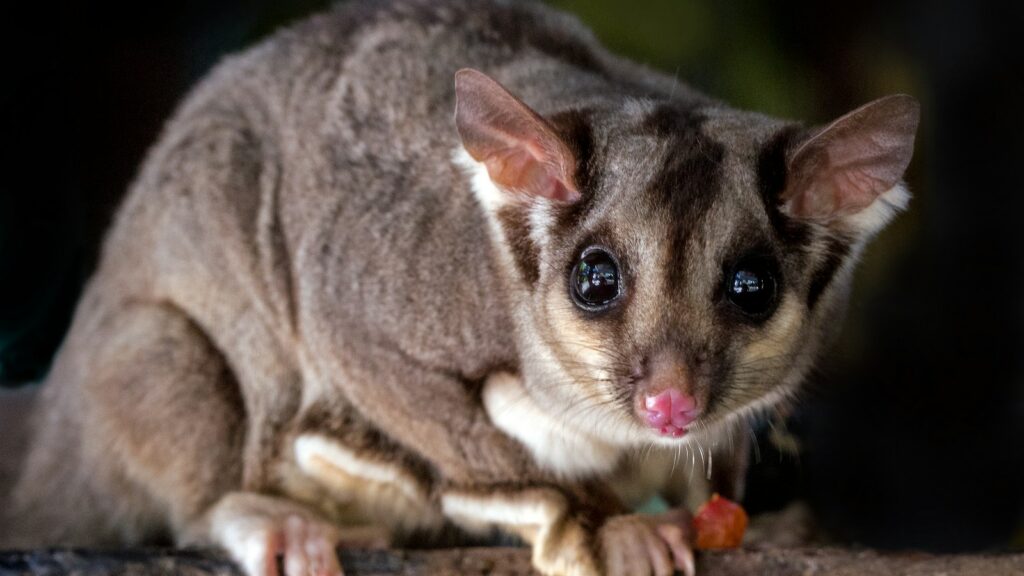
The most obvious physical difference between male and female sugar gliders is related to their reproductive anatomy. Adult males (often called “bucks”) develop a prominent bald spot on the top of their head that contains scent glands, which becomes more noticeable as they mature. Males also possess visible testicles and a penis that, while typically retracted, becomes more apparent during maturity. Female sugar gliders (known as “does”) have a pouch on their abdomen where they carry and nurse their young, though this feature may be less noticeable when they’re not breeding. Size differences also exist, with adult males typically being slightly larger and heavier than females, though individual variation can sometimes make this distinction less reliable.
Scent Marking Behaviors

Male sugar gliders engage in more intensive scent-marking behaviors compared to their female counterparts. They possess specialized scent glands on their forehead, chest, and genital areas that produce distinctive musky odors used to mark territory and communicate with other gliders. During the breeding season or when feeling territorial, males may rub these glands against cage surfaces, toys, and even their owners, leaving behind a musky scent that some pet owners find unpleasant. Females also have scent glands and mark territory, but typically do so less frequently and with less intensity than males. The stronger scent associated with males is an important consideration for prospective owners who may be sensitive to odors in their home environment.
Temperament and Personality Traits

While individual personality varies greatly regardless of sex, certain temperament differences tend to emerge between male and female sugar gliders. Males often display more territorial behaviors, especially if they haven’t been neutered, and may be more assertive or dominant when introduced to other sugar gliders. Female sugar gliders frequently exhibit more consistent temperaments and are generally considered more even-keeled in their day-to-day behavior. Many experienced owners report that females tend to bond more quickly with their human caretakers, though males often form equally strong bonds once trust is established. These temperament differences become particularly pronounced during the breeding season when hormones significantly influence behavior patterns.
Hormonal Differences and Their Effects
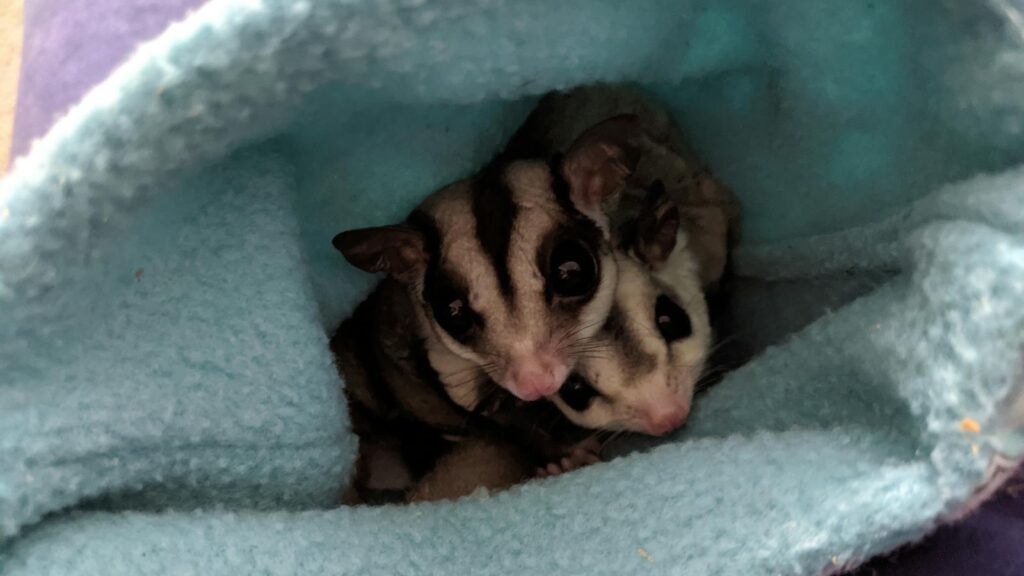
Hormonal variations between male and female sugar gliders significantly impact their behavior and care requirements. Intact males experience testosterone surges, particularly during breeding seasons, which can lead to increased aggression, territorial marking, and sometimes challenging behaviors toward owners or other pets. Female sugar gliders experience estrus cycles approximately every 29 days unless they’re pregnant or in breeding condition, which can occasionally cause temporary changes in their behavior or receptiveness to handling. Hormonal differences also affect scent production, with males typically producing stronger odors due to their testosterone levels and more active scent glands. Understanding these hormonal influences helps owners anticipate and appropriately manage behavioral changes throughout their pet’s life cycle.
Bonding Process and Social Interactions
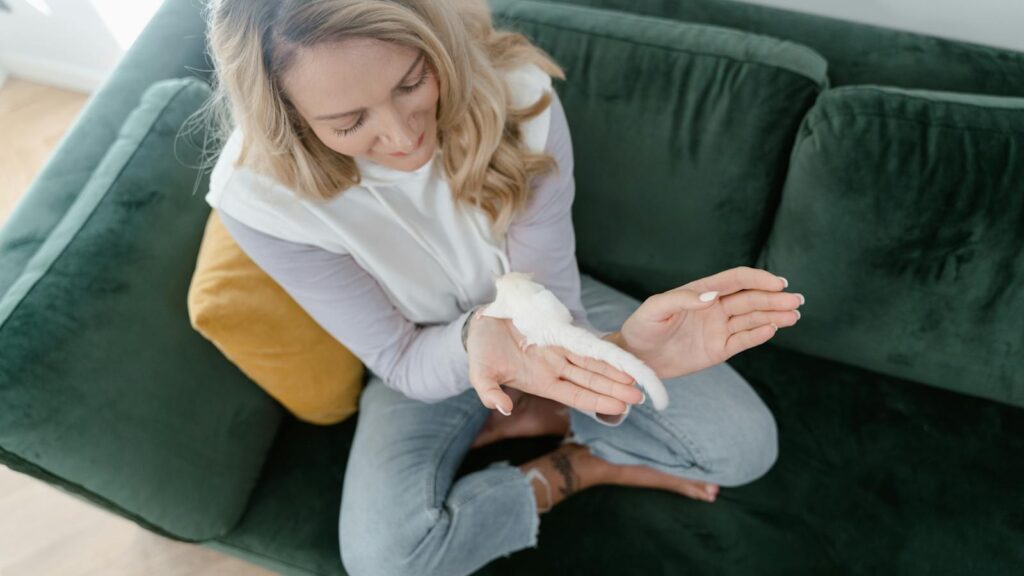
The bonding process with sugar gliders can differ between males and females, though individual personality remains the most significant factor. Female sugar gliders often bond more readily with their caretakers during initial interactions, showing less initial resistance to handling and socialization efforts. Males sometimes take longer to form trusting relationships, particularly during adolescence when hormonal changes can make them temporarily more defensive or territorial. However, once bonded, male sugar gliders typically show equal if not greater attachment to their owners, often becoming extremely affectionate companions. Both sexes thrive on consistent social interaction, but understanding these subtle differences in bonding patterns helps owners establish appropriate expectations during the critical early socialization period.
Housing Considerations Based on Gender
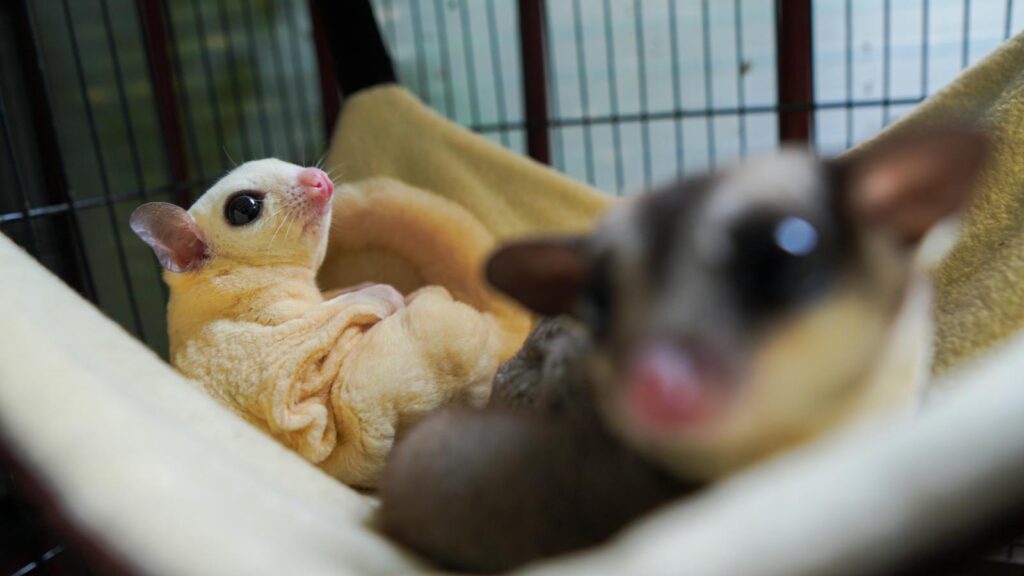
Housing requirements for sugar gliders remain largely similar regardless of gender, though certain considerations become important based on sex. Males housed together may show aggression toward one another, particularly if they’re unrelated or introduced as adults, requiring careful monitoring and sometimes separate housing. Females generally cohabitate more peacefully with other females, making them easier to keep in small colonies. When housing mixed-gender groups, owners must be prepared for potential breeding unless the animals have been desexed, as sugar gliders reproduce readily in captivity. Cage size recommendations remain consistent regardless of gender, with all sugar gliders requiring spacious enclosures with ample climbing opportunities, though territorial males may require additional enrichment to redirect marking behaviors away from cage mates.
Neutering and Spaying Considerations

Desexing sugar gliders can significantly alter behavioral differences between males and females, often reducing or eliminating many sex-specific traits. Neutered males typically show decreased territorial marking, less aggressive behavior, and reduced musky odor, making them more similar to females in their overall demeanor. The procedure for males (neutering) is generally considered less invasive and carries fewer complications than spaying females, though both procedures require an experienced exotic veterinarian. Female sugar gliders who undergo spaying experience hormone stabilization that eliminates their reproductive cycle and potential breeding complications, though the procedure carries more significant risks. Many veterinarians recommend neutering males rather than spaying females when breeding prevention is the primary goal, as it achieves similar colony management benefits with less surgical risk.
Diet and Nutritional Requirements
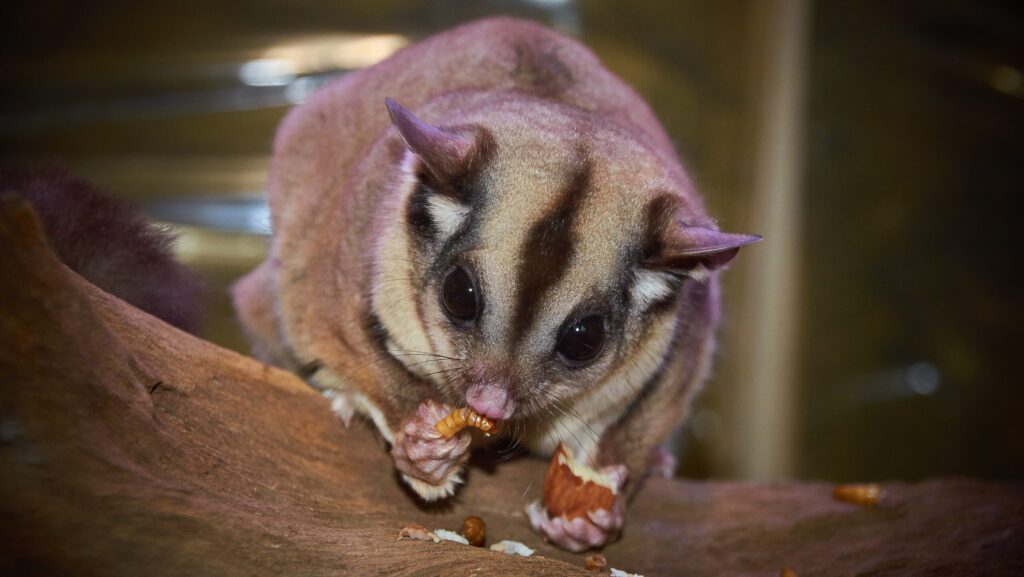
The core nutritional needs of male and female sugar gliders remain largely identical, with both sexes requiring carefully balanced diets rich in protein, fruits, vegetables, and specialized supplements. However, pregnant or nursing females require additional protein and calcium to support healthy joey development and prevent nutritional deficiencies during the demanding reproductive process. Males generally consume slightly more food than females due to their larger average size and higher metabolic demands, though the difference is not dramatic enough to require fundamentally different feeding protocols. Both sexes are equally susceptible to nutritional disorders like metabolic bone disease and obesity when fed improper diets, highlighting the importance of appropriate nutrition regardless of gender.
Lifespan and Health Considerations
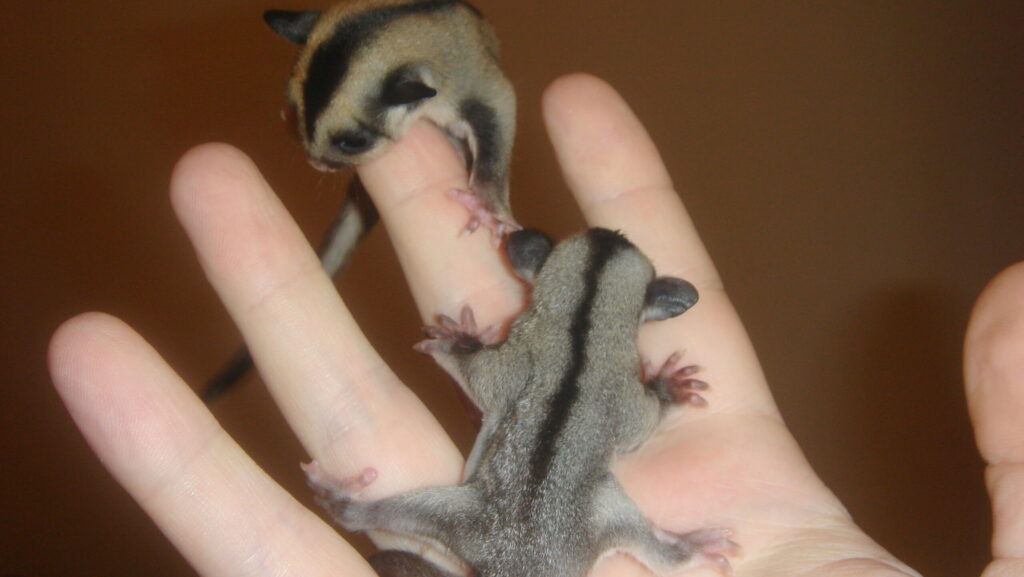
The average lifespan of sugar gliders ranges from 10-15 years in captivity, with minimal documented differences between males and females. However, females face unique health challenges related to their reproductive systems, including the potential for pregnancy complications, mammary tumors, and pouch infections that males simply don’t experience. Males more frequently develop issues related to their prostate gland as they age, and intact males may suffer from testicular tumors or other reproductive tract disorders. Both sexes remain equally susceptible to common sugar glider health issues like nutritional deficiencies, dental problems, and respiratory infections. Regular veterinary care with an exotic animal specialist remains essential for both male and female sugar gliders to ensure early detection of any sex-specific or general health concerns.
Reproductive Behavior and Management

Understanding reproductive differences becomes crucial for owners keeping mixed-gender sugar gliders. Females reach sexual maturity around 8-12 months of age and can produce multiple litters each year if given access to males, with each pregnancy typically resulting in one or two joeys. Males mature slightly earlier, around 7-9 months, and remain fertile throughout most of their adult lives, actively seeking breeding opportunities when housed with females. Responsible ownership requires either separating opposite-sex gliders, having them desexed, or being prepared for the significant commitment of breeding and properly raising offspring. Female reproductive health requires careful monitoring, as complications during pregnancy or birth can become life-threatening and require immediate veterinary intervention.
Cost Differences in Ownership
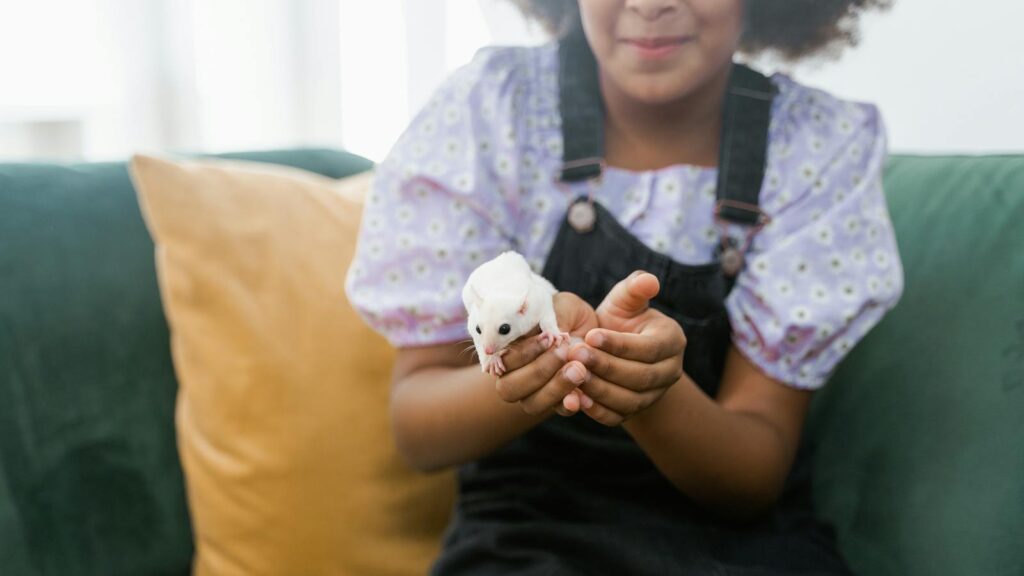
The initial purchase price of sugar gliders varies based on several factors, with gender occasionally influencing cost. In some markets, females command higher prices due to their breeding potential and generally easier temperament, though this price difference is not universal. Veterinary costs may differ slightly, with females potentially requiring more expensive reproductive health interventions if bred or if they develop female-specific health issues. Neutering males typically costs less than spaying females due to the less invasive nature of the procedure, representing a potential long-term cost difference for owners considering desexing their pets. Beyond these specific differences, the substantial costs of proper housing, specialized diet, environmental enrichment, and routine veterinary care remain consistent regardless of the sugar glider’s gender.
Making the Right Choice for Your Household
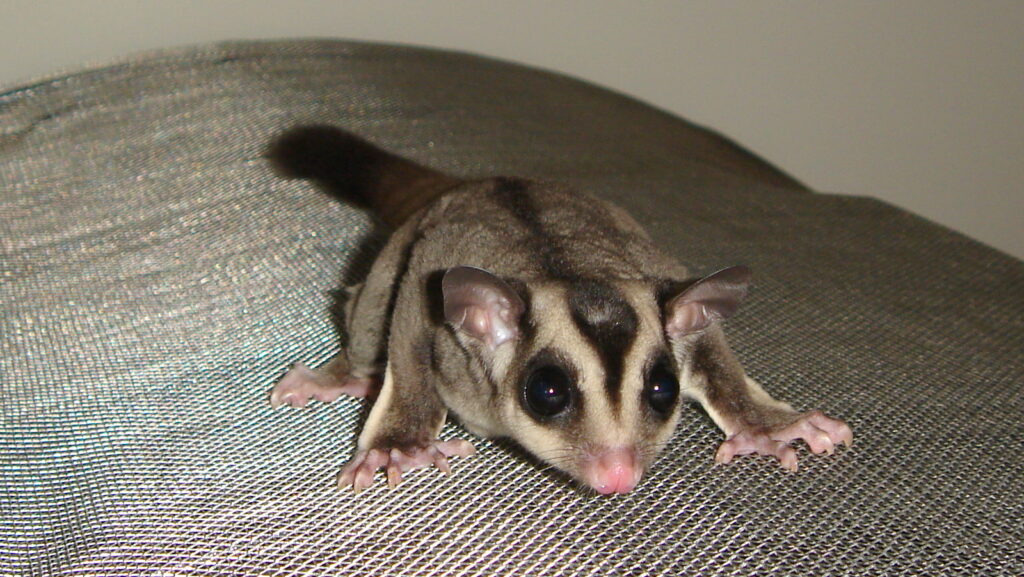
Selecting between male and female sugar gliders ultimately depends on your specific household situation and ownership goals. First-time owners often find females or neutered males easier to begin with due to their generally more consistent temperaments and reduced scent-marking behaviors. Households with children might prefer females or desexed males for their typically gentler disposition, though properly socialized sugar gliders of either sex can be wonderful companions for supervised interactions with older children. Those sensitive to odors should consider females or plan to neuter males to reduce scent marking behaviors. Perhaps most importantly, prospective owners should prioritize individual temperament over gender when possible, as personality variations within each sex often exceed the average differences between males and females.
Colony Dynamics and Gender Mix
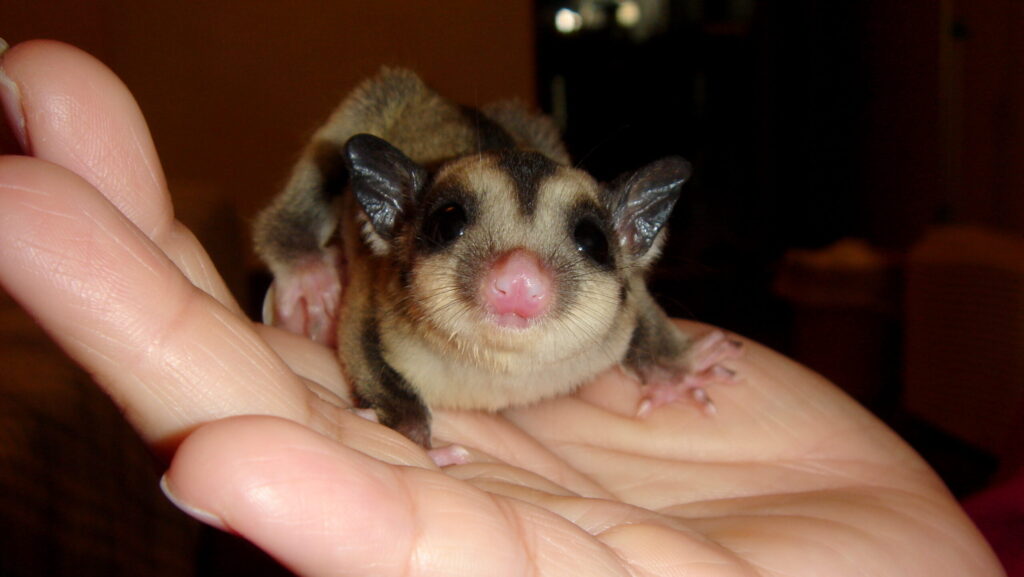
Sugar gliders are highly social creatures that benefit from living with others of their kind, making gender considerations particularly important when establishing small colonies. Same-sex female colonies typically maintain the most harmonious social structures, with minimal fighting or territorial disputes, even among unrelated individuals. Males can cohabitate peacefully if they’re related, introduced very young, or neutered, but may require careful monitoring for aggression in other scenarios. Mixed-gender colonies require reproductive management through separate housing or desexing to prevent unplanned breeding. The optimal colony arrangement for most pet owners consists of either an established bonded pair (male and female, with at least one desexed) or a small group of females, providing the social benefits these marsupials need while minimizing potential conflicts or breeding complications.
In conclusion, while both male and female sugar gliders make wonderful pets, understanding their inherent differences helps prospective owners make informed decisions that match their preferences and lifestyle. From the more pronounced scent marking in males to the typically gentler initial temperament of females, these distinctions influence the pet ownership experience in subtle but meaningful ways. Most gender-specific challenges can be minimized through appropriate veterinary care, including neutering males to reduce territorial behaviors and musky scents. Ultimately, individual personality, proper socialization, and responsible care matter far more than gender in determining whether a sugar glider becomes a beloved, well-adjusted pet. By considering these differences alongside your household’s unique situation, you can make a thoughtful choice that leads to a rewarding relationship with these fascinating marsupials for years to come.

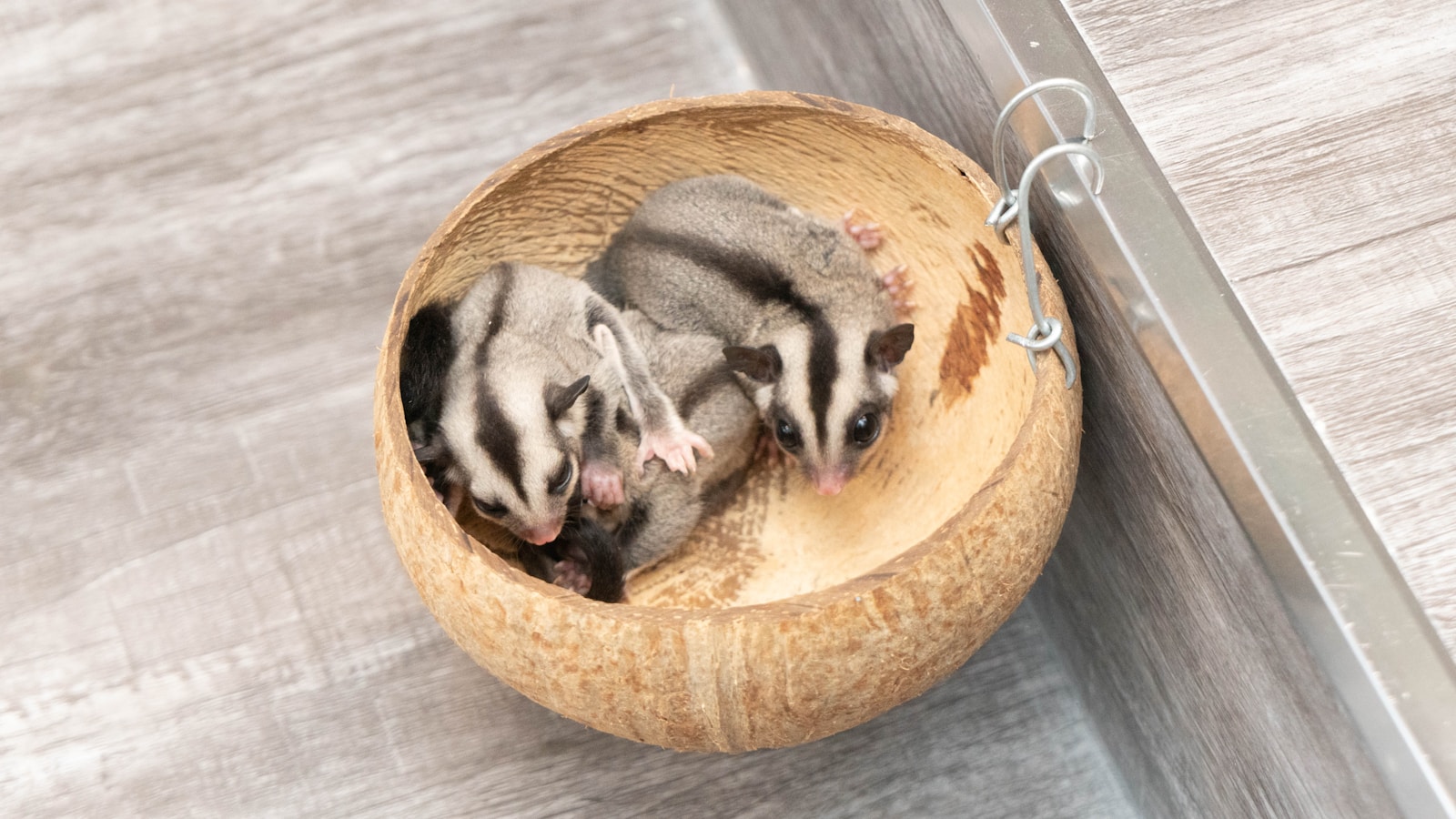
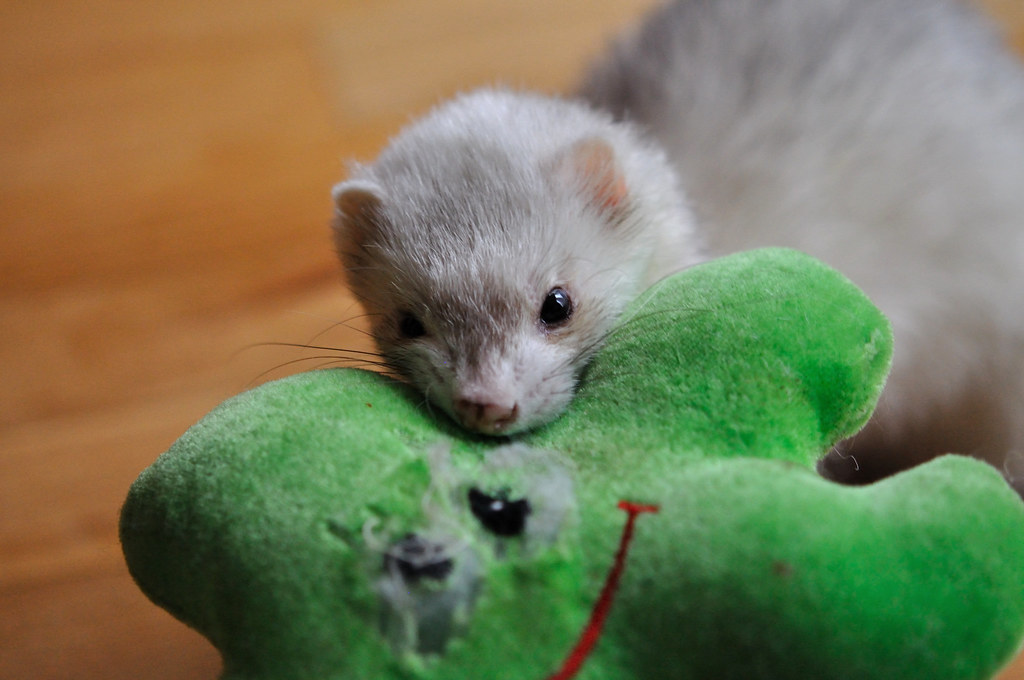
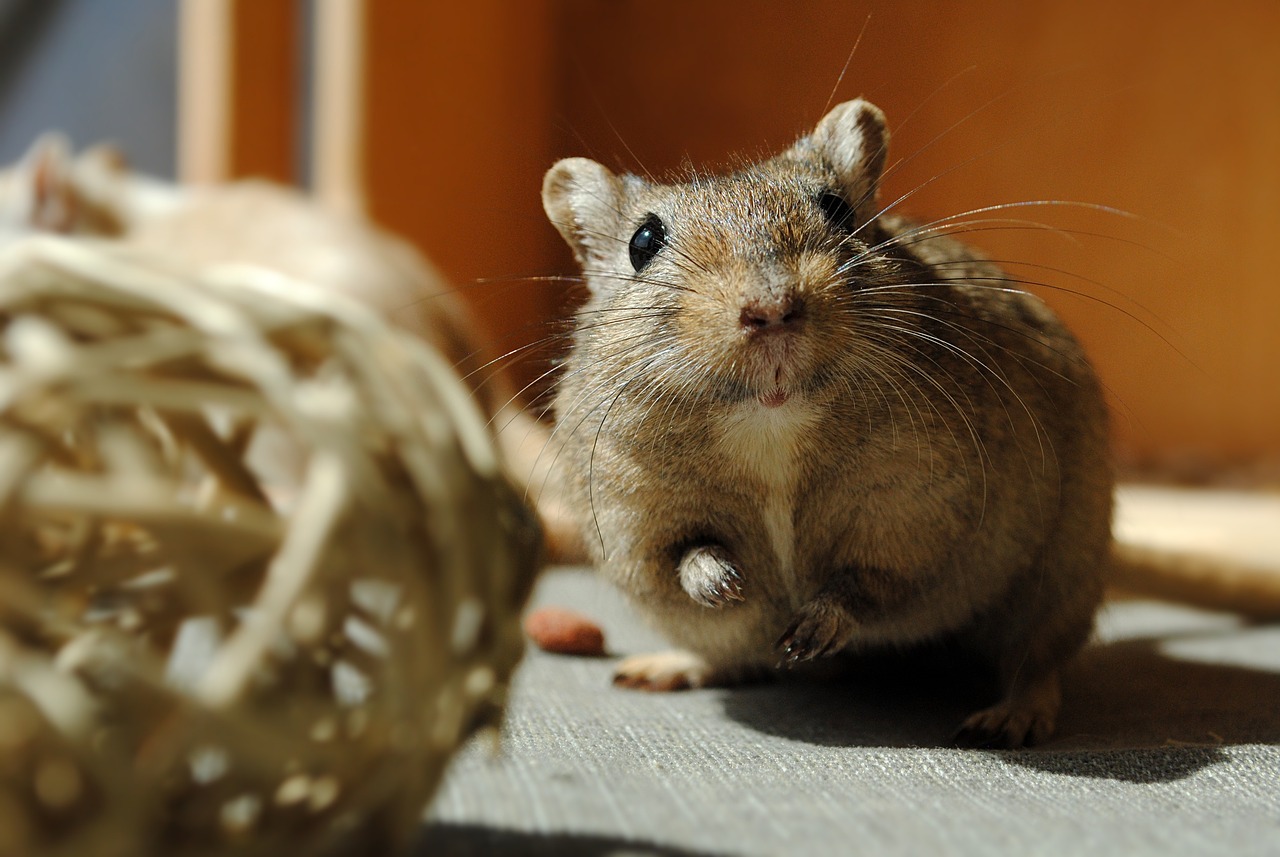

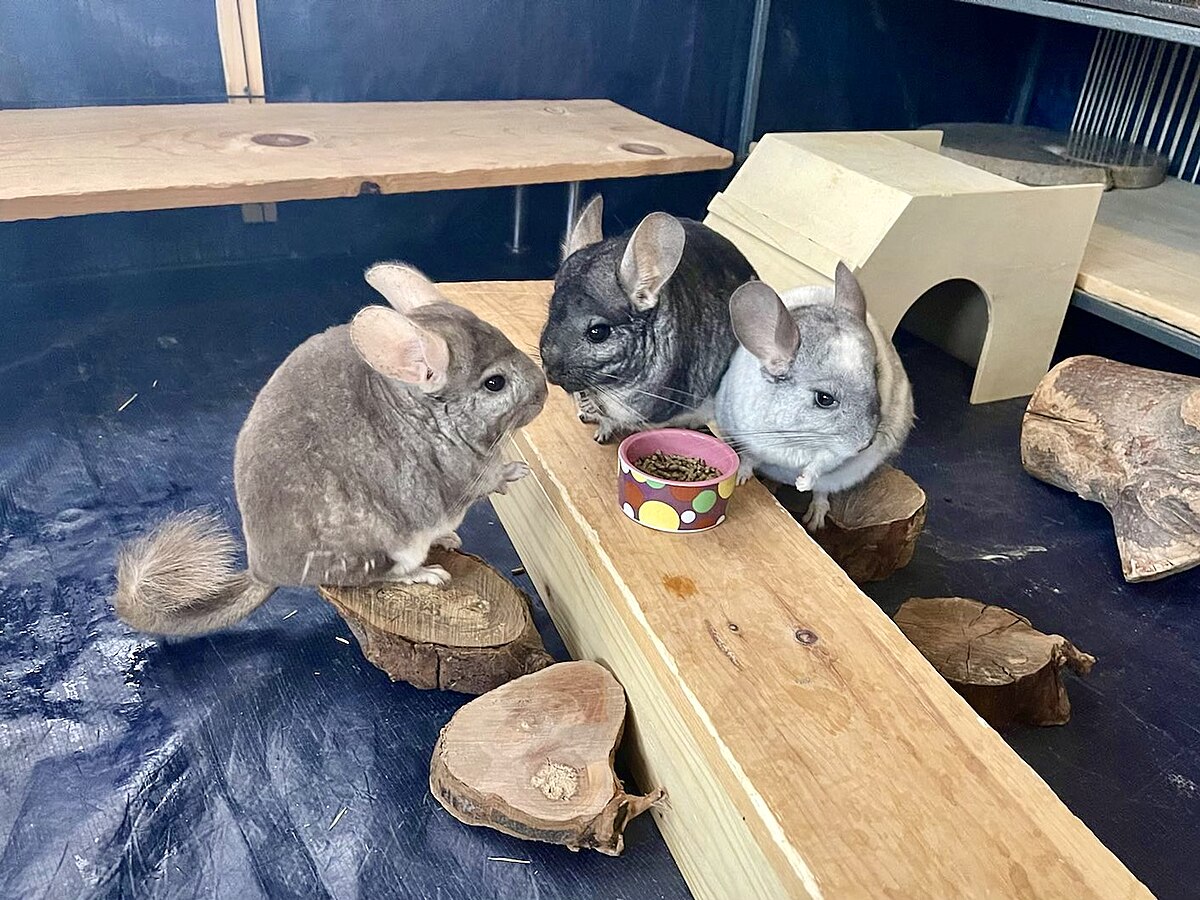
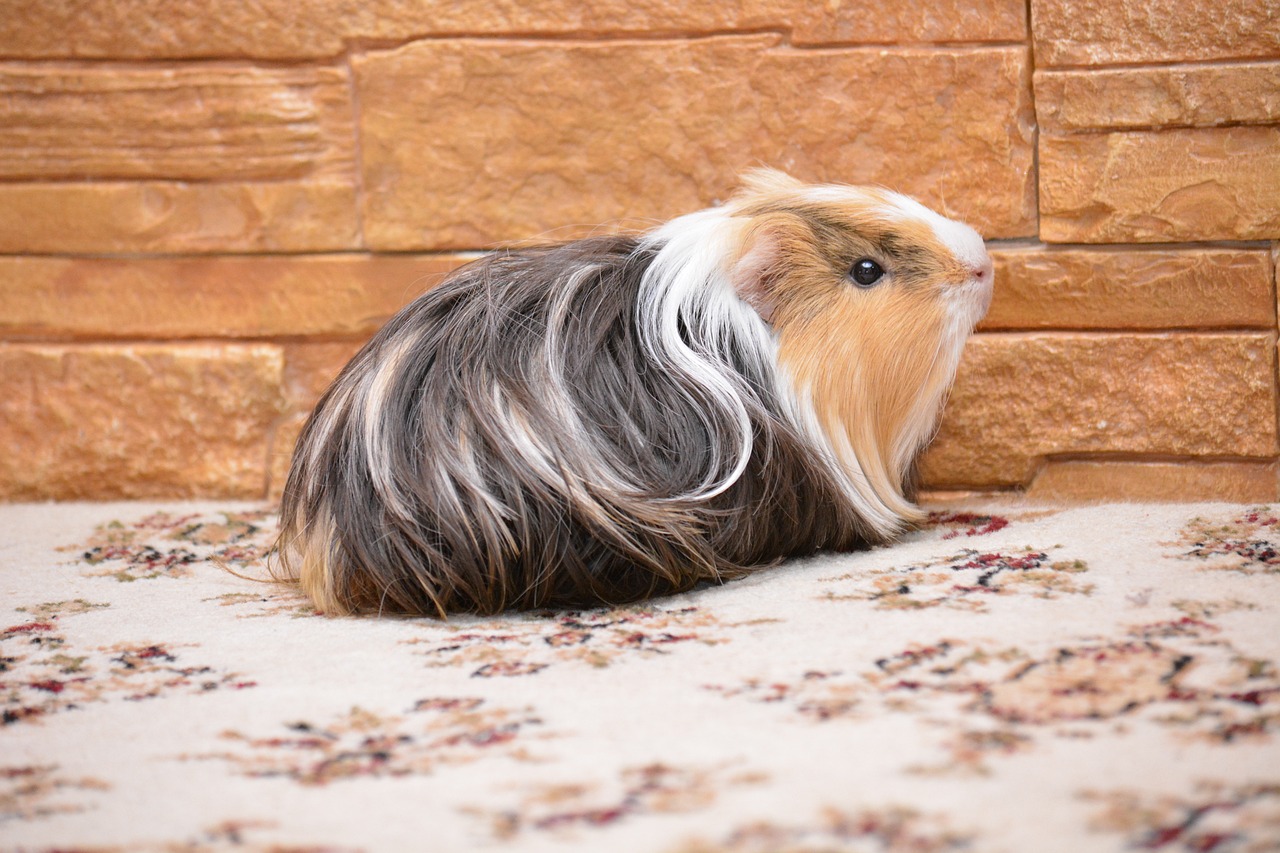
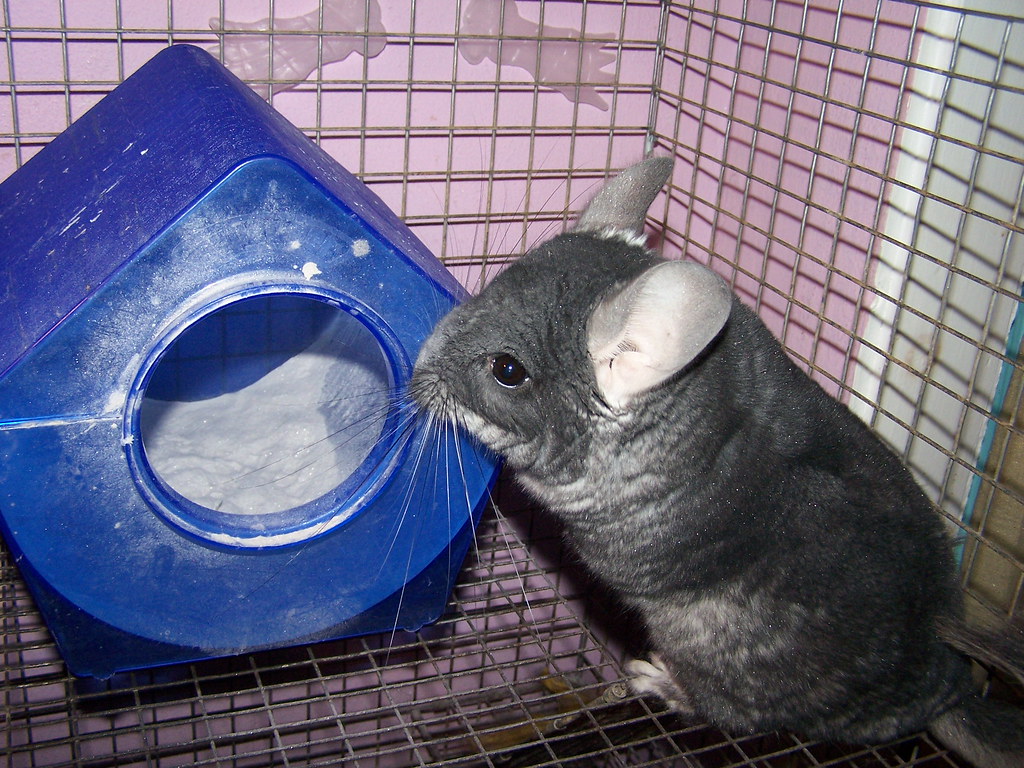

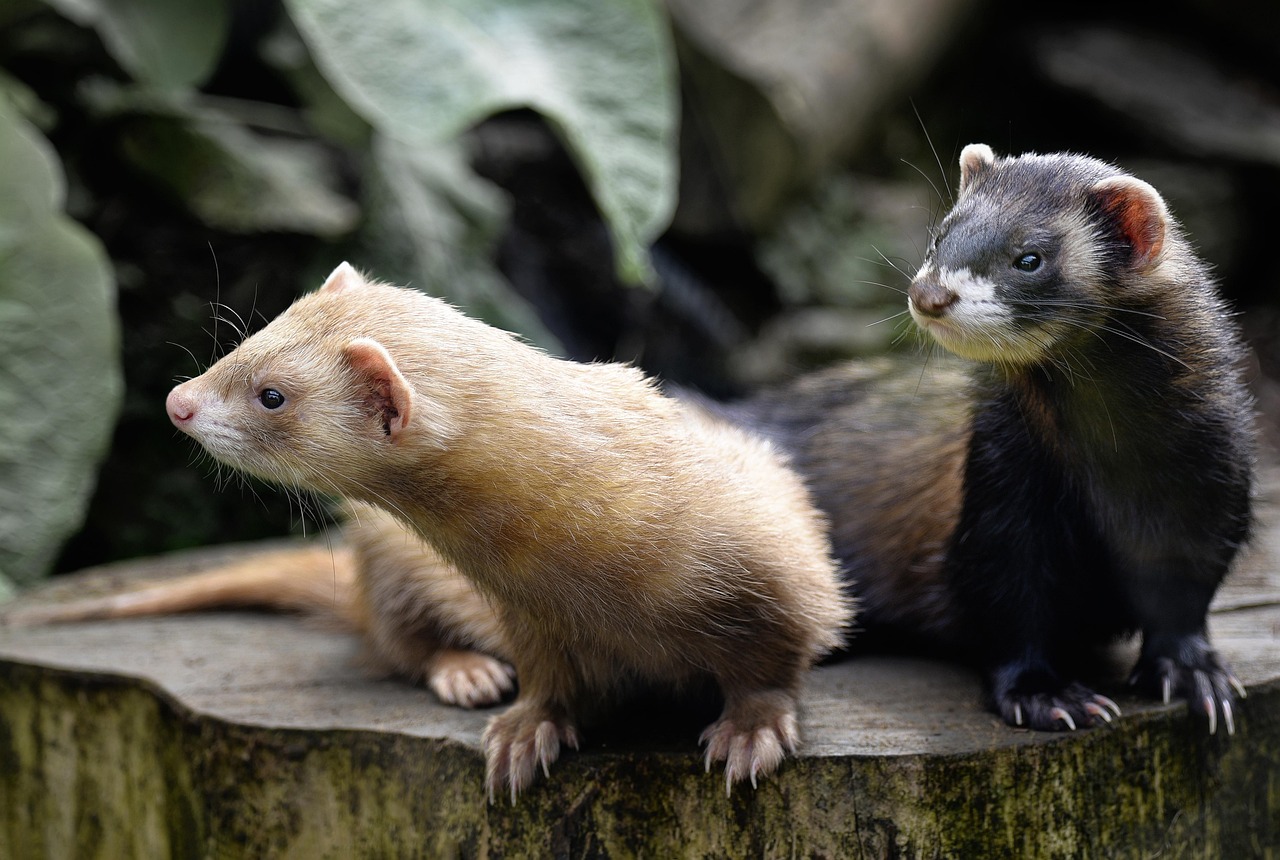
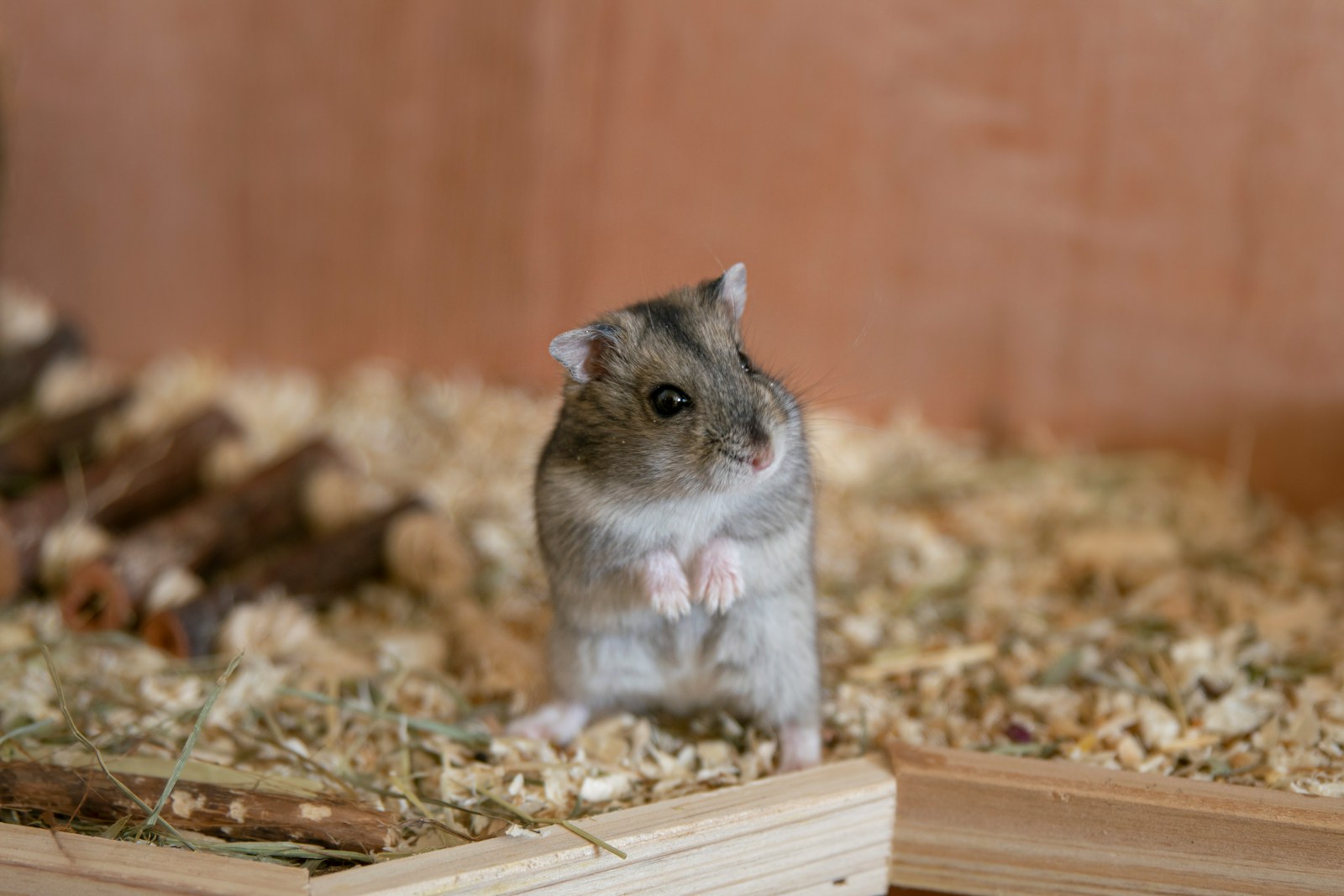
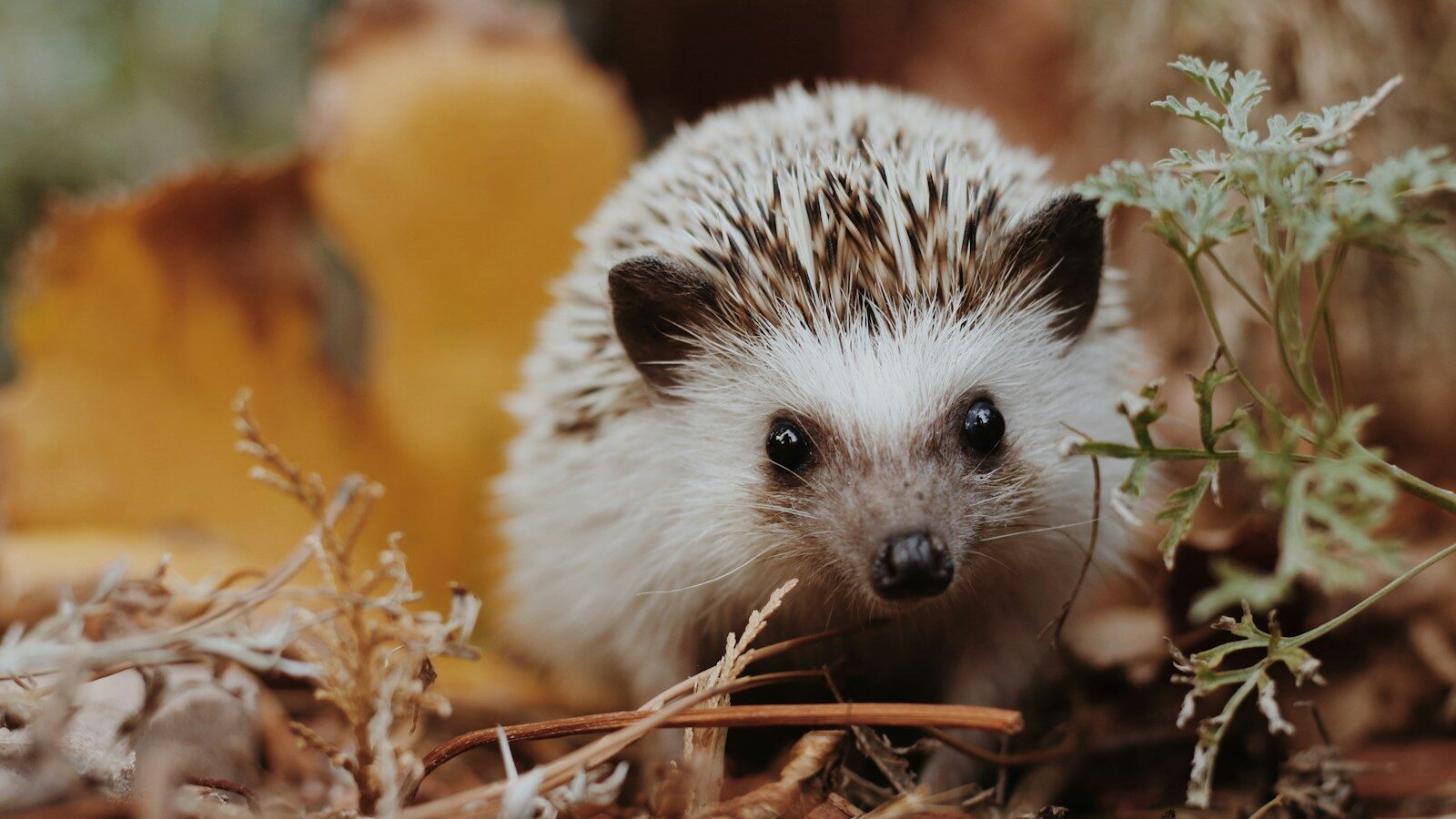




Leave a Reply